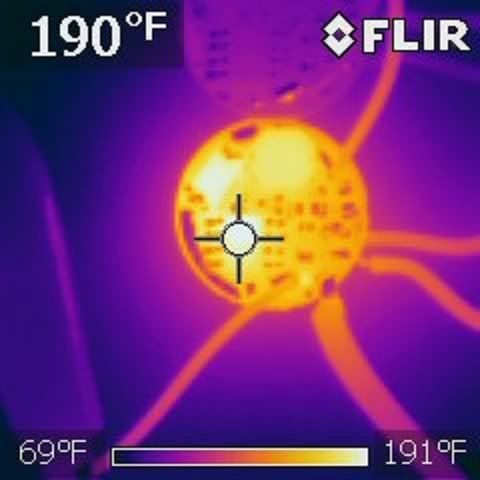- Joined
- Oct 16, 2010
- Messages
- 47
- Points
- 0
I have seen lots of expensive drivers on ebay that put out the 1.8A that people want to drive their 445nm 2w laser diodes.
However, I have found this pretty inexpensive driver (here)
I'm assuming the potentiometer In the picture controls the output current.
I'm not sure what the output current is (maybe someone could help with that) but i'm assuming it maxes out somewhere between 1-1.5a
So what I was thinking is if I put two of them in parallel, and set them both to 0.9a then I will get my 1.8a that i want.
I have seen people do that with the micro flexdrive, but those are really expensive.
Will this method of driving my LD work well? I'm just worried that I'm gonna get what I paid for and it wll fry the expensive diode.
thanks for any help
However, I have found this pretty inexpensive driver (here)
I'm assuming the potentiometer In the picture controls the output current.
I'm not sure what the output current is (maybe someone could help with that) but i'm assuming it maxes out somewhere between 1-1.5a
So what I was thinking is if I put two of them in parallel, and set them both to 0.9a then I will get my 1.8a that i want.
I have seen people do that with the micro flexdrive, but those are really expensive.
Will this method of driving my LD work well? I'm just worried that I'm gonna get what I paid for and it wll fry the expensive diode.
thanks for any help





